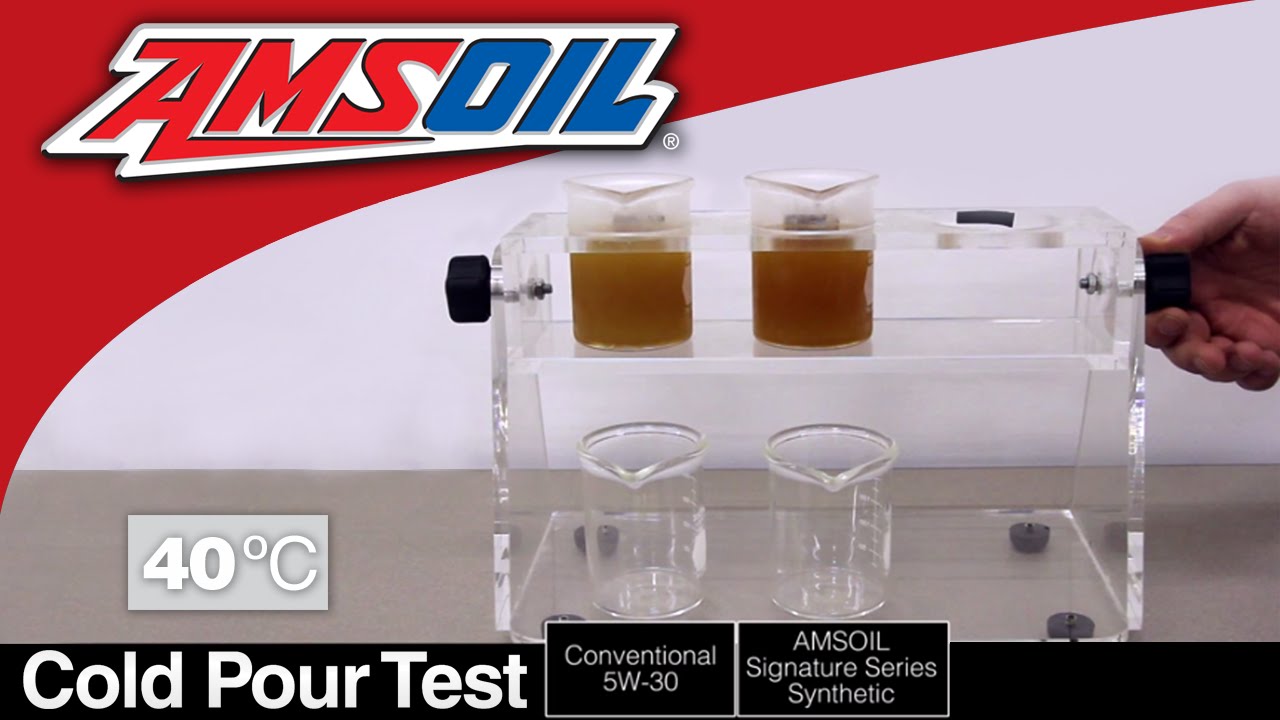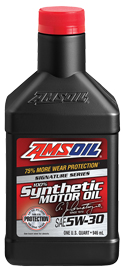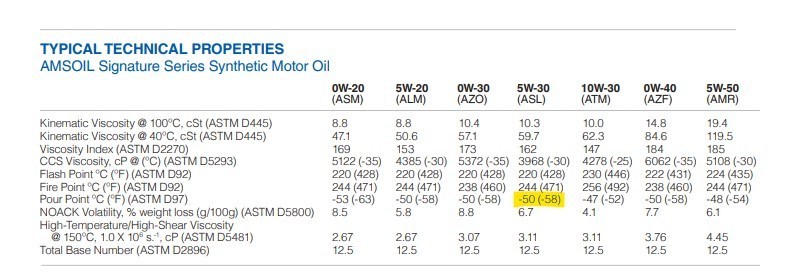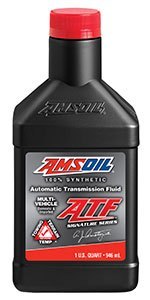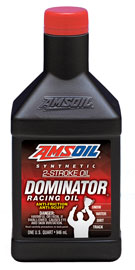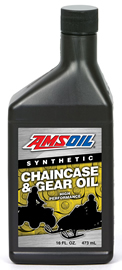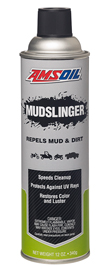I Drive Aggressive: Is Racing Oil a better choice for my Daily Driver?
Motorists who are passionate about engine protection and performance can easily succumb to the following line of reasoning:
1) Racing engines are more severe than my engine.
2) Racing engines use racing oil.
3) Therefore, I should use racing oil in my vehicle for best protection.
It’s true that the average racing engine creates operating conditions more severe than the average passenger car engine. However, that’s not to say that modern engines aren’t tough on oil, too.
Increased heat and stress
The turbocharged, direct-injection engines in modern vehicles generate increased heat and contaminants compared to their predecessors. Motor oil bears the brunt of the added stress. That’s why industry motor-oil specifications keep growing tougher and automakers are increasingly recommending synthetic oils to meet these strict performance specs.
Racing creates tougher operating conditions
Racing, however, is a whole different animal. The powerful, modified engines in racing vehicles produce extreme heat and pressures beyond the capabilities of the average car or truck. A 900-hp Pro 4×4 off-road racing truck can produce engine temperatures of more than 300ºF (149ºC). Engine temperatures in a typical passenger car/light truck fall somewhere between 195ºF and 220ºF (90ºC – 104ºC). The difference is even more striking when you consider that the rate of motor oil oxidation (chemical breakdown) doubles for every 18ºF (10ºC) increase in oil temperature.
The tremendous shearing forces the oil bears as it’s squeezed between the interfaces of the pistons/rings and cam lobes/lifters pose another problem. The pressure can tear apart the molecular structure of the oil, reducing its viscosity and film strength.
Racing oil must be formulated differently to protect these demanding engines. Even so, it doesn’t mean you should order a case of AMSOIL DOMINATOR® Synthetic Racing Oil for your car.
Racing oils are changed more frequently
Why? For starters, racing oils are changed frequently. Most professionals change oil every couple races, if not more frequently. For that reason, racing oils are formulated with a lower total base number (TBN) than passenger car motor oils. TBN is a measure of the oil’s detergency properties and its ability to neutralize acidic byproducts. Oils with longer drain intervals have higher TBNs. AMSOIL Signature Series Synthetic Motor Oil features a TBN of 12.5 to enable its 25,000-mile/one-year drain interval. In contrast, DOMINATOR Synthetic Racing Oil has a TBN of 8 since it should be changed more frequently. As great as it performs on the track, DOMINATOR is not what you want in your engine when you’re driving thousands of miles and several months between oil changes.
Second, you want to use an oil in your daily driver that excels in several performance areas:
- Wear protection
- Long oil life
- Maximum fuel economy
- Engine cleanliness
- Corrosion protection
- Oxidation resistance
- Easy cold-temp starts
Motor oil additives produce many of these benefits. For example, anti-oxidant additives fight high heat and extend oil service life. Anti-wear additives interact with the metal surfaces of engine parts and guard against metal-to-metal contact. Many additives form layers on metal surfaces. That being the case, they compete for space, so to speak.
Racing oils use different additives
Racing oils are often formulated with a heavy dose of friction modifiers to add lubricity for maximum horsepower and torque. The boosted level of additives meant to increase protection and performance during a race doesn’t leave room in the formulation for additives found in passenger car motor oils that help maximize fuel economy, fight corrosion or improve cold-weather protection.
Achieving the tasks of a passenger car motor oil requires a finely balanced formulation. Too much or too little performance in one area can negatively affect other areas – and the oil’s overall protection and performance. The list of tasks required of a racing oil, however, is much shorter.
The right tool for the right job is an axiom with which most are familiar. The same holds for motor oil. It’s best to leave racing oil to competition engines and use a properly formulated passenger car motor oil for your daily vehicle.
To find the right oil for your vehicle, use the AMSOIL Product Guide.


